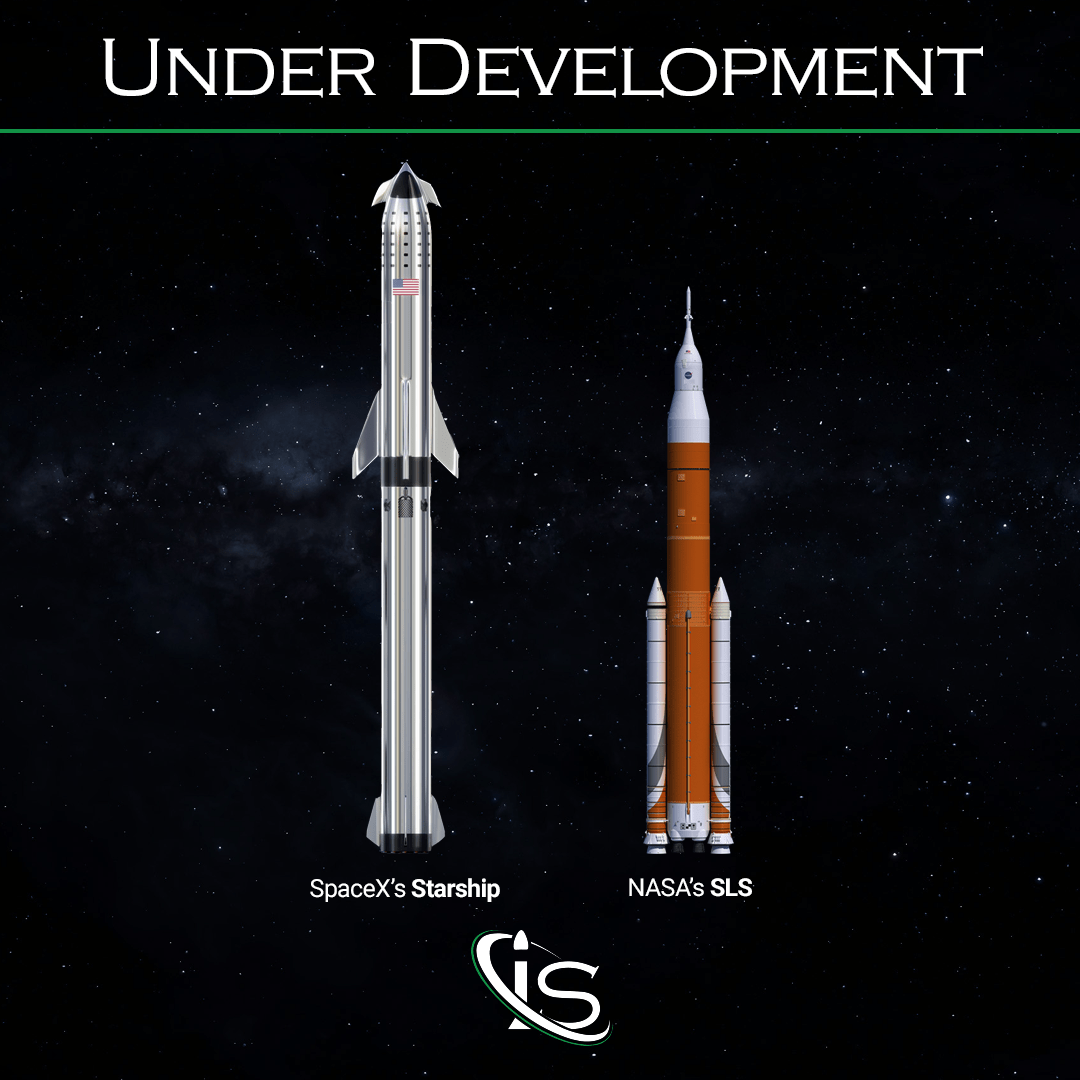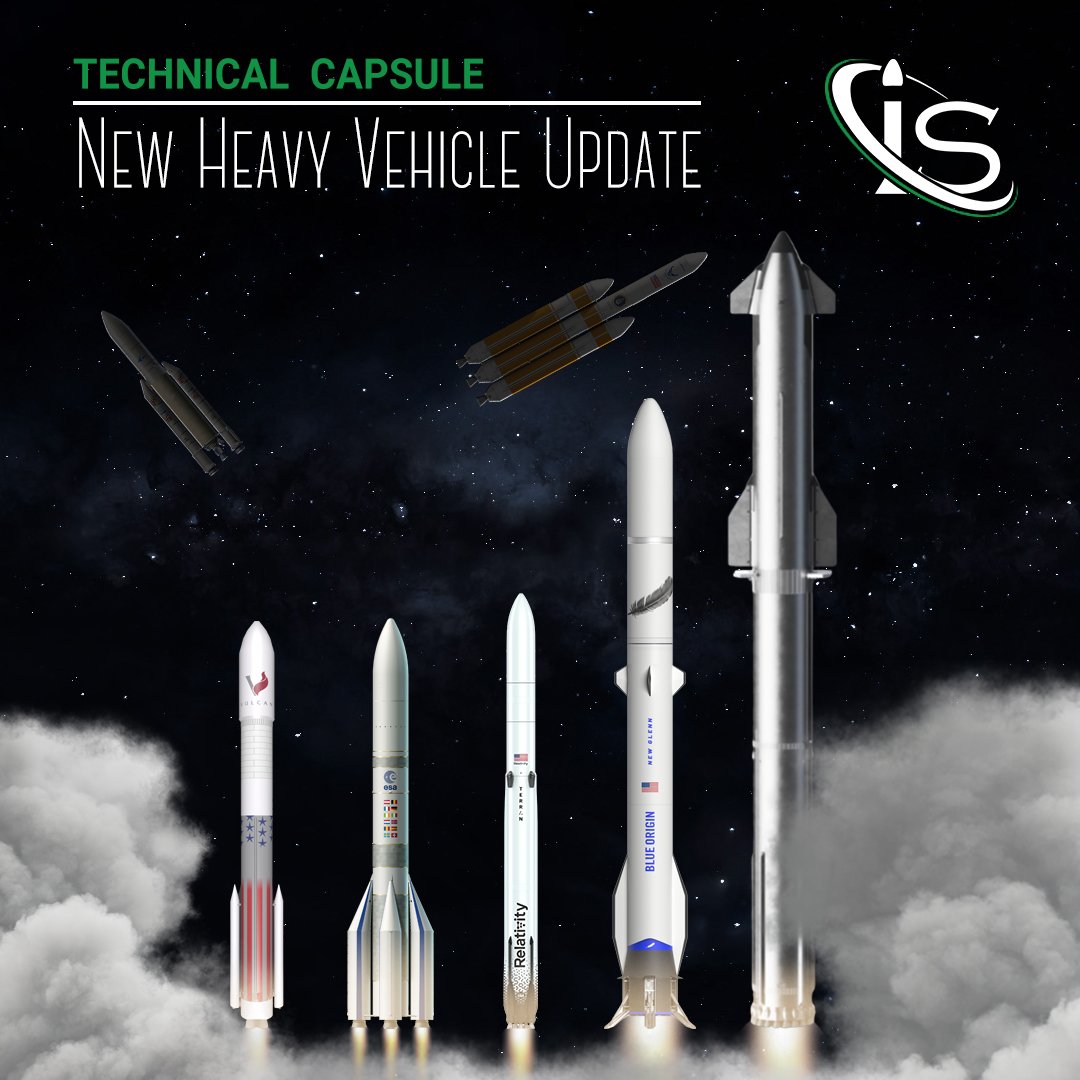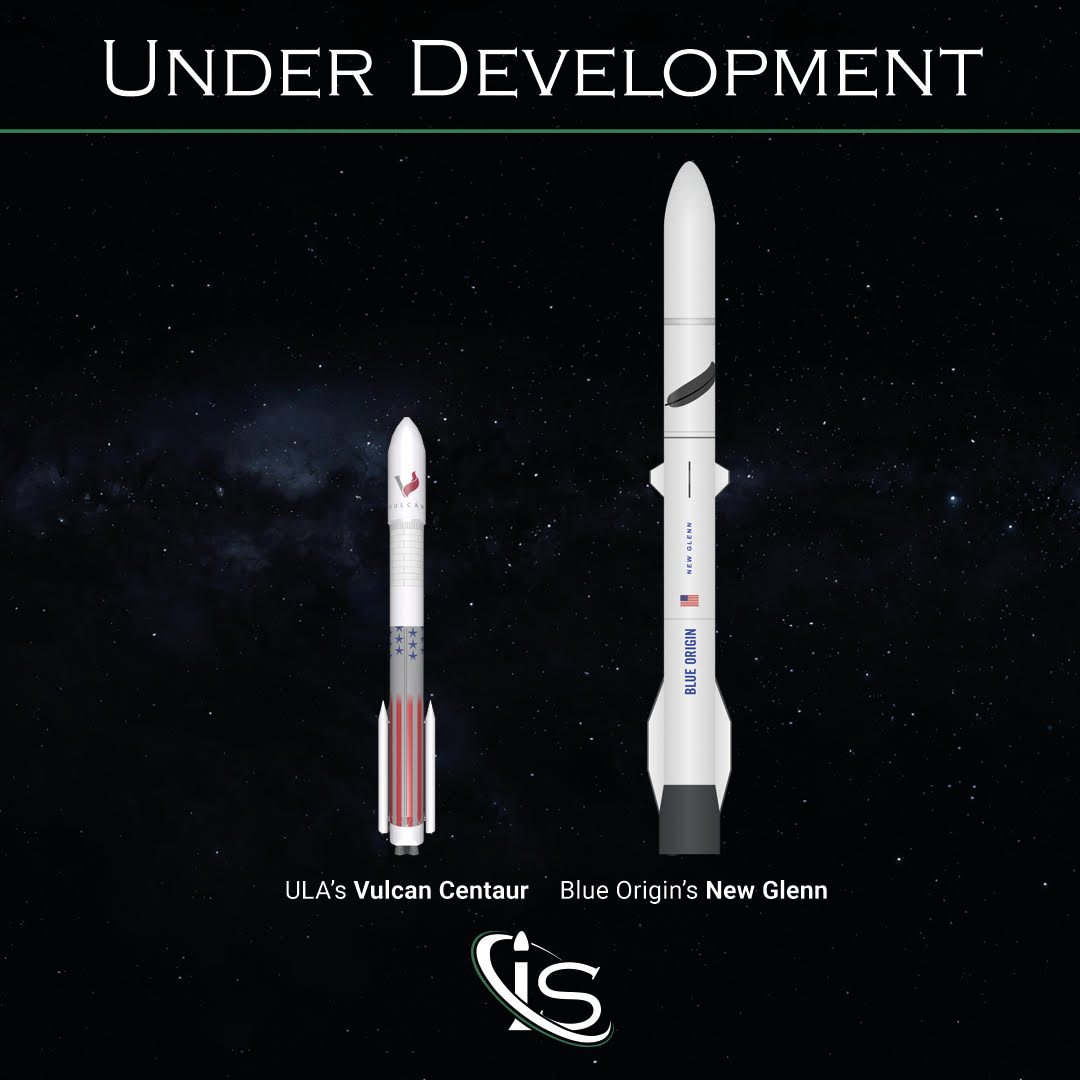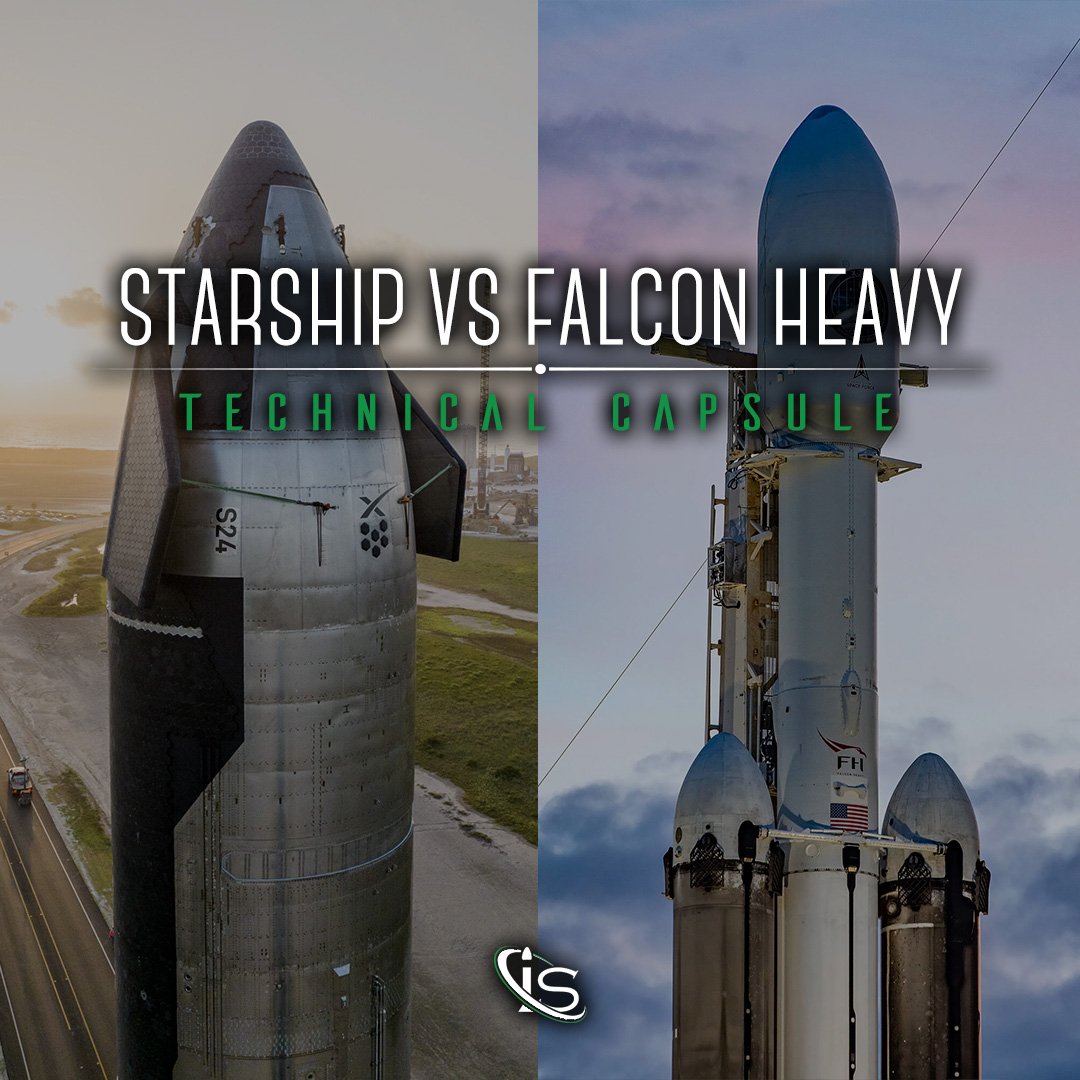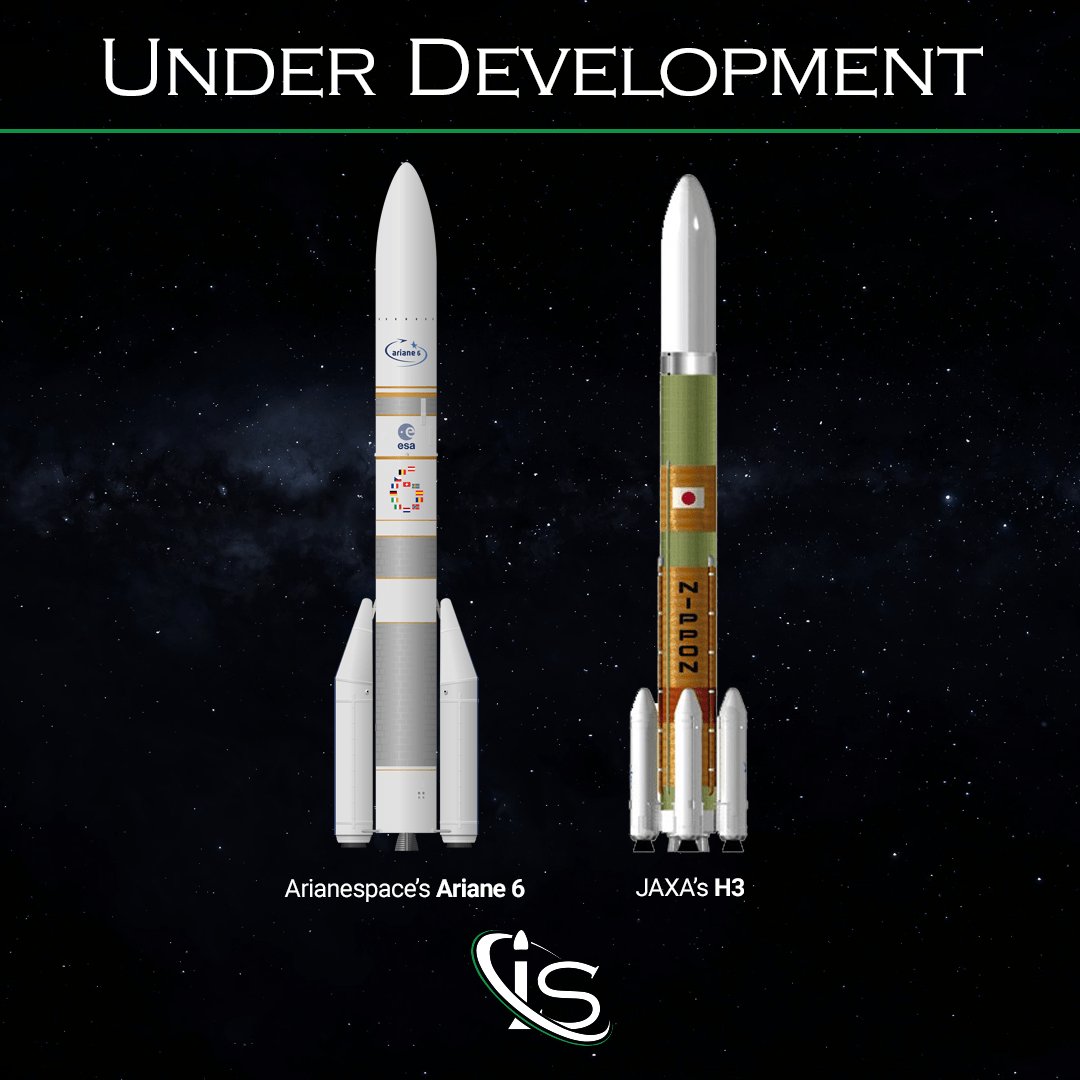Here we are again! 2024 and the years ahead will be crucial to the development of new launchers — both government-based and commercial ones. Many new companies are appearing with rockets created with the specific intent of making space more accessible to all types of satellites. This series of capsules will be divided in three parts following the LV NASA Classification.
Let’s strap in and begin our analysis with the Heavy and Super-Heavy Rocket market. Is it a coincidence that this is coming off the back of Starship’s third launch? Of course not! The way we found out more about Starship and its progress will prove key to understanding the Heavy and Super-Heavy Rocket market.
Introduction
Let’s first start with identifying the NASA classification that we will be using. A Heavy Rocket is defined as one with a capability to LEO that ranges from 20,000 kg to 50,000 kg, while a Super-Heavy Rocket is one whose capability to LEO is over 50,000 kg.
Another important point to make before we start has to do with the order in which we will present these rockets. While we could order them based on capability or country, we decided, instead, to use the stage of their development. So, we will go in a sort of chronological order, starting with rockets that have already had their maiden flight, proceeding to those that are undergoing tests, and ending with those whose launch timelines are still uncertain.
Vulcan Centaur
A few days after the start of the year, ULA kicked off its 2024 with the maiden flight of Vulcan Centaur. This was an ambitious first flight, as its objective was nothing less than a TLI (Translunar Injection Orbit). Even though the in-orbit deployment from Vulcan was a success, Astrobotic’s lander, Peregrine, experienced problems that led to the mission’s failure. But that is a story for another time.
Another important aspect to bring to light is that Vulcan Centaur was the first launcher to have its maiden flight operated directly by ULA. Other rockets, such as Delta IV and Atlas V, already had a heritage with other launchers when they started their service under ULA. As for the technical aspects of Vulcan Centaur, you can find them in our article Vulcan Centaur vs New Glenn.

The main draw of this rocket is without question its versatility. Its capability varies based on the boosters configuration. With 4 different ones to choose from (0, 2, 4, and 6 boosters, respectively), its LEO performances vary from 19,000 kg to 27,000 kg! Even its fairing sports 2 possible configurations — 51′ Standard and 70′ Long. The latter of the two will allow for the transport of larger satellites. Fun fact: In its maiden flight, Vulcan’s configuration was the Standard fairing and 2 boosters.
Future Missions?
One of the most fascinating missions that we will see from Vulcan Centaur has to be the launch of Dream Chaser — a reusable spaceplane developed by Sierra Space.
Starship
It may seem weird to find this rocket in the second spot. However, that is due to the fact that it still has yet to have its official Orbital Maiden Flight. Nevertheless, we have many capsules and informative pieces centered around this rocket. But as this is not a Starship-focused capsule we cannot stop on this topic for too long. Of course, if you would like another capsule dedicated to this giant of a rocket, just let us know in the Chatbox.

Recounting Starship in one paragraph is certainly tricky. So, what we will focus on is its impact on the market. This is the biggest most powerful rocket ever made, after all. Watching it take off from the launch pad is always a powerful sight. And every step it has taken — from “clearing” the pad to stage separation to all its other milestones — is getting it closer and closer to becoming the first fully reusable rocket. The consequences of this on the market? Shorter production times, less materials being used, minor costs! With the reentry of both its booster, Super Heavy, and Starship, itself, the time lapse between two launches will be greatly reduced. In fact, Elon Musk’s project aims to have multiple launches per day, since it should take from 6 to 8 hours for Starship to be ready to fly again!
Starship’s next mission should happen in the next few months, so make sure to stay tuned to impulso.space for every update. This mission has many potential firsts to look forward to, including a soft landing for Super Heavy and a full reentry of Starship.
Future Missions?
Once again, it is difficult to summarize all of Starship’s future missions in one paragraph. So, we hope you will excuse us if we only go through the highlights. Starship’s main goal is reaching the red planet, Mars. However, before that, we will see many Lunar missions, such as #DearMoon, which will see civilians take a trip around the Moon. Furthermore, the Starship HLS (Human Landing System) will serve as a gateway between Orion and the Moon on NASA’s Artemis missions.
Ariane 64
This rocket will have us turn our attention to Europe before looking back over to the United States. Arianespace, after officially retiring Ariane 5 in July of last year, has been working on the preliminary tests needed for the first launch of Ariane 6. Just like Vulcan Centaur, Ariane 6 will feature a double configuration: Ariane 62, with 2 P120C boosters, and Ariane 64, with 4 P120C boosters. The two configurations actually fall into separate LV NASA categories. Ariane 62 is a Medium Launch Vehicle, with a capability of a little over 10,000 kg to LEO, while Ariane 64 is a Heavy Rocket, with a capability of over 21,000 kg.

Since we will delve into greater detail on the Ariane family in our next post, for now, we will only mention that Arianespace is in the process of assembling the central core for Ariane 62. This rocket’s first launch should occur between Q2 and Q3 of this year.
New Glenn
Blue Origin has removed the veil of mystery surrounding its new rocket, New Glenn. Up to just a few months ago, in fact, it was hard to find news regarding its development. That is until this picture started making its rounds on the media channels of the American company.
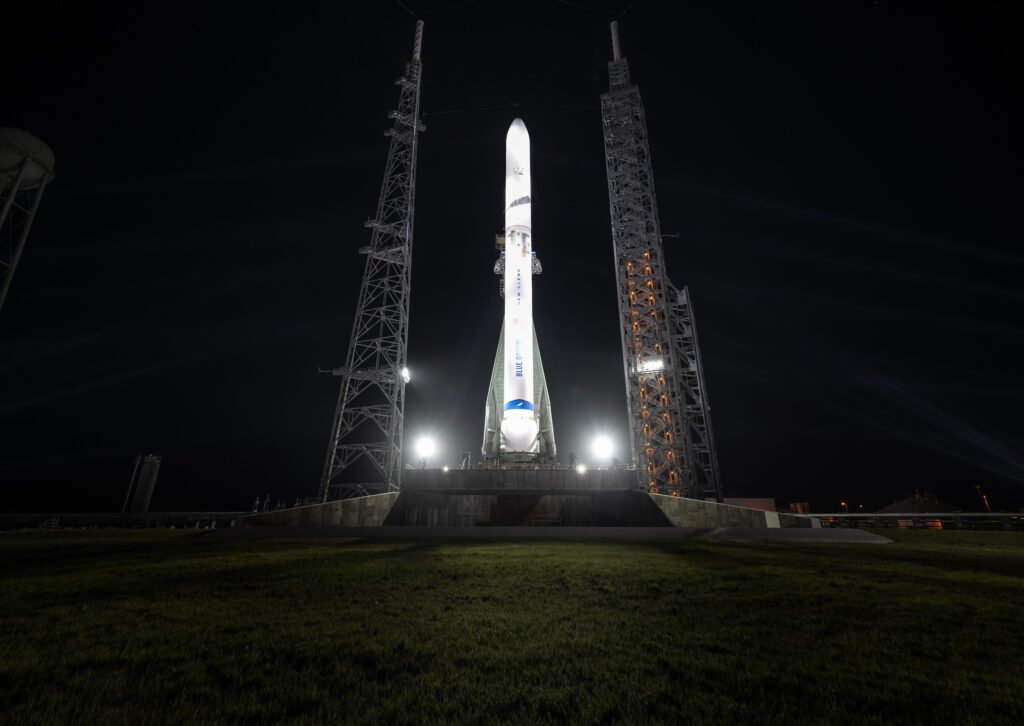
Blue Origin had this to say regarding the rocket standing on that pad: “The upending is one in a series of major manufacturing and integrated test milestones in preparation for New Glenn’s first launch later this year.” Therefore, we await further developments in lieu of the first orbital launch, which should not be delayed for much longer.

Furthermore, the first stage engines, the Be-4 — which are developed entirely by Blue Origin, thus the name Blue Engine — have already proven their mettle in Vulcan Centaur’s first orbital launch. As we said in our Vulcan Centaur vs New Glenn capsule, the two rockets share the same engines for their first stages. Only there are 2 of them in Vulcan Centaur’s first stage and 7 in New Glenn’s.
Beyond 2024?
What lies ahead for us after 2024? We don’t want to unnecessarily prolong this capsule, so these last two chapters will only briefly touch on what the market has in store for us in the years ahead:
- Terran R: after the first attempt with the test rocket, Terran 1, proved its ability to carry MaxQ payloads, Relativity started focusing on the development of Terran R. This will be a 3D-printed rocket, scheduled for 2026, and will have a capacity of 33,500 kg. Its first mission has the very ambitious aim to get to the red planet, itself, Mars!
- SLS: NASA continues its progress with the Artemis program, which will sport a new configuration starting from the third mission. This is because Artemis III’s goal is unlike those of its predecessors: being the first mission to bring man back on the Moon. The switch will see Artemis go from the Block 1 to the Block 1B configuration. Its first launch is, as of now, poised for 2027. From 2031, on the other hand, we should SLS fly with yet another configuration, the Block 2. The differences between each setup can be found in our capsule dedicated to the Artemis Program. SLS is also one of the most powerful rockets ever built, joining both Saturn V and Starship on the podium of American rockets. And it is the only Super Heavy currently active! (Falcon Heavy could also fit into this classification with its expandable configuration. However, as it has not been tested with over 50,000 kg of payloads, we decided not to mention it along the others.) As always, please let us know if you would like an update regarding SLS or the Artemis Program.
In the Meantime, In China…
The progress in the Heavy Rocket market is not restricted to just the US and Europa. China has also been making strides in this area, with both government and commercial rockets. In fact, on top of Long March 9 and 10 — which are scheduled for 2033 and 2027, respectively —, Orienspace is developing the new Gravity-2. This is the “Heavy Rocket” sibling Gravity-1, which took off from a converted barge in the first weeks of 2024.
Gravity-2 is scheduled for 2025 and will have a capability of 25,600 kg to LEO. And, unlike Gravity-1, this rocket will also be partially reusable.
Since we provided a lot of information to you today, we thought it would be helpful to visualize the highlights with a table.
| Rocket | Capability to LEO [tons] | Maiden Flight |
| Vulcan Centaur | 19 – 27.2 | Jan 8th, 2024 |
| Starship | 150 (!) | 2024 |
| Ariane 64 | 21.65 | H1 2025 |
| New Glenn | 45 | 2024 |
| Terran R | 23.5 | 2026 |
| SLS Block 1B, Block 2 | 105, 130 (!) | 2027, 2031 |
| Long March 9, 10 | 150, 70 | 2033, 2027 |
| Gravity-2 | 25.6 | 2025 |
Just like all good things, this capsule, too, must come to an end. Thank you for following along with this big “haul” of rockets. See you in Chapter 2 “Rocket Market: Medium Edition”. In the meantime, we wish everyone who celebrates Easter or has some time off this week a relaxing time with friends and families. And for those who do not have time off, we hope you can still carve some time out to relax.
